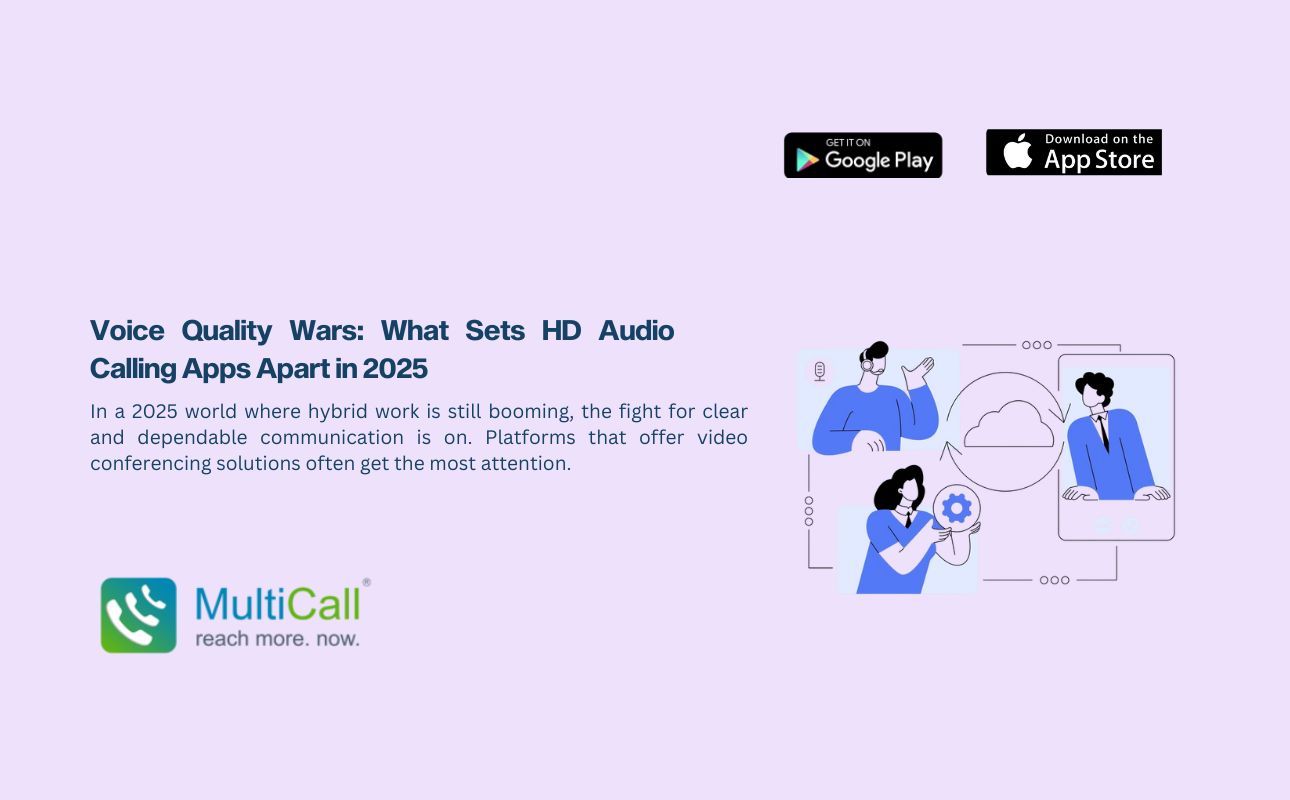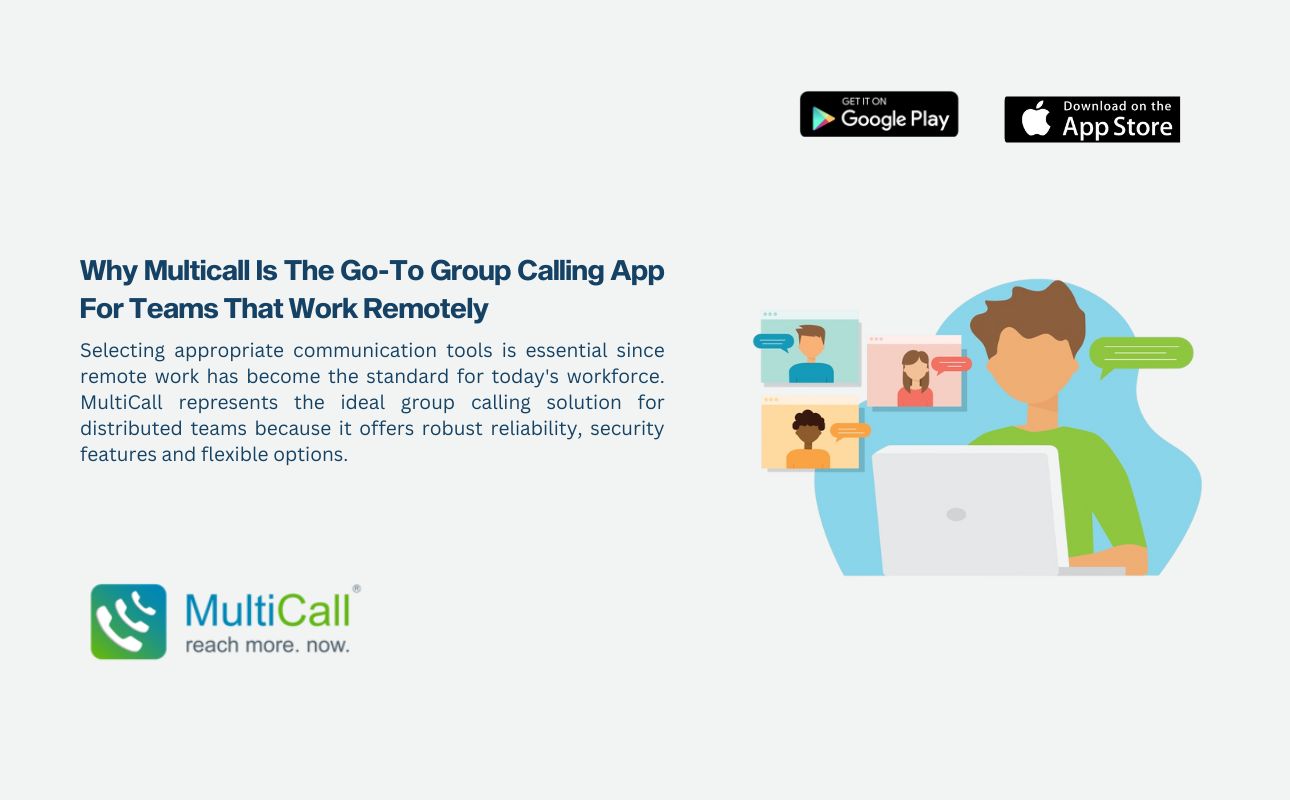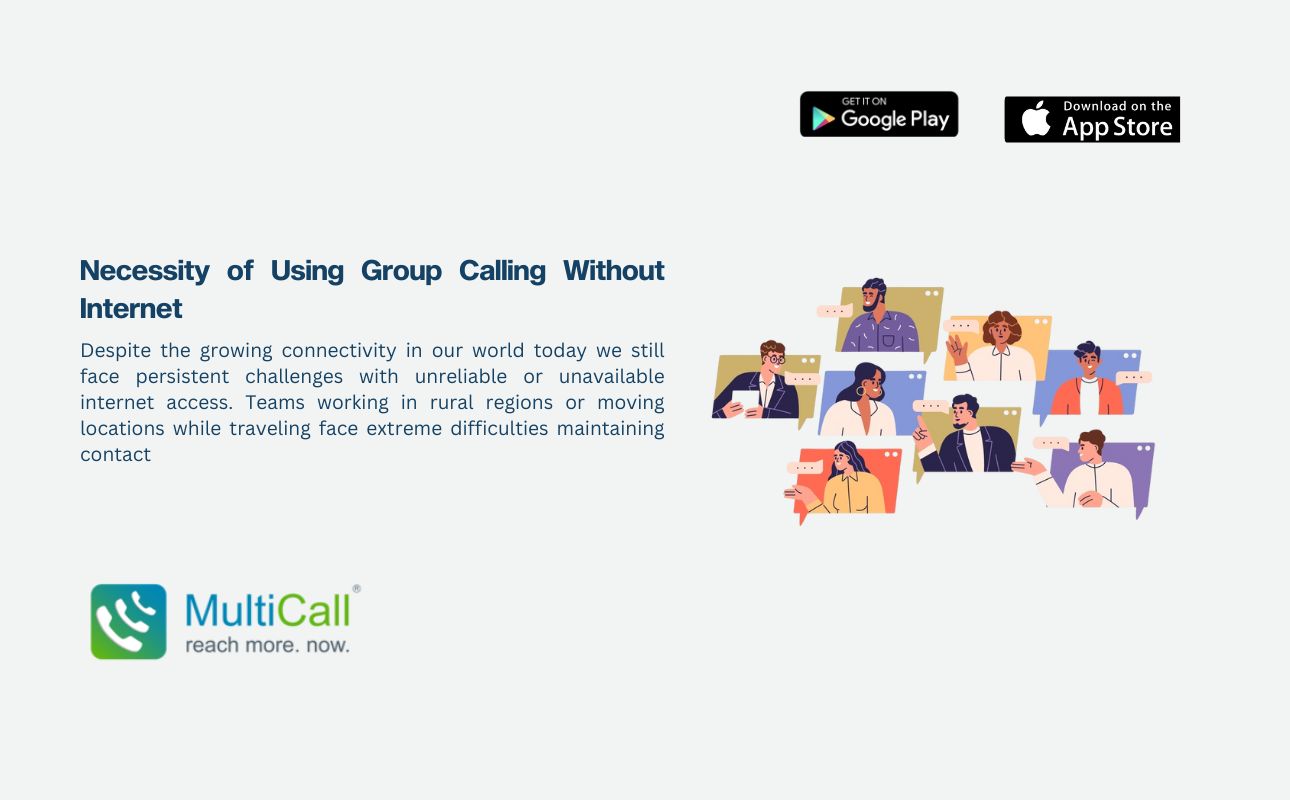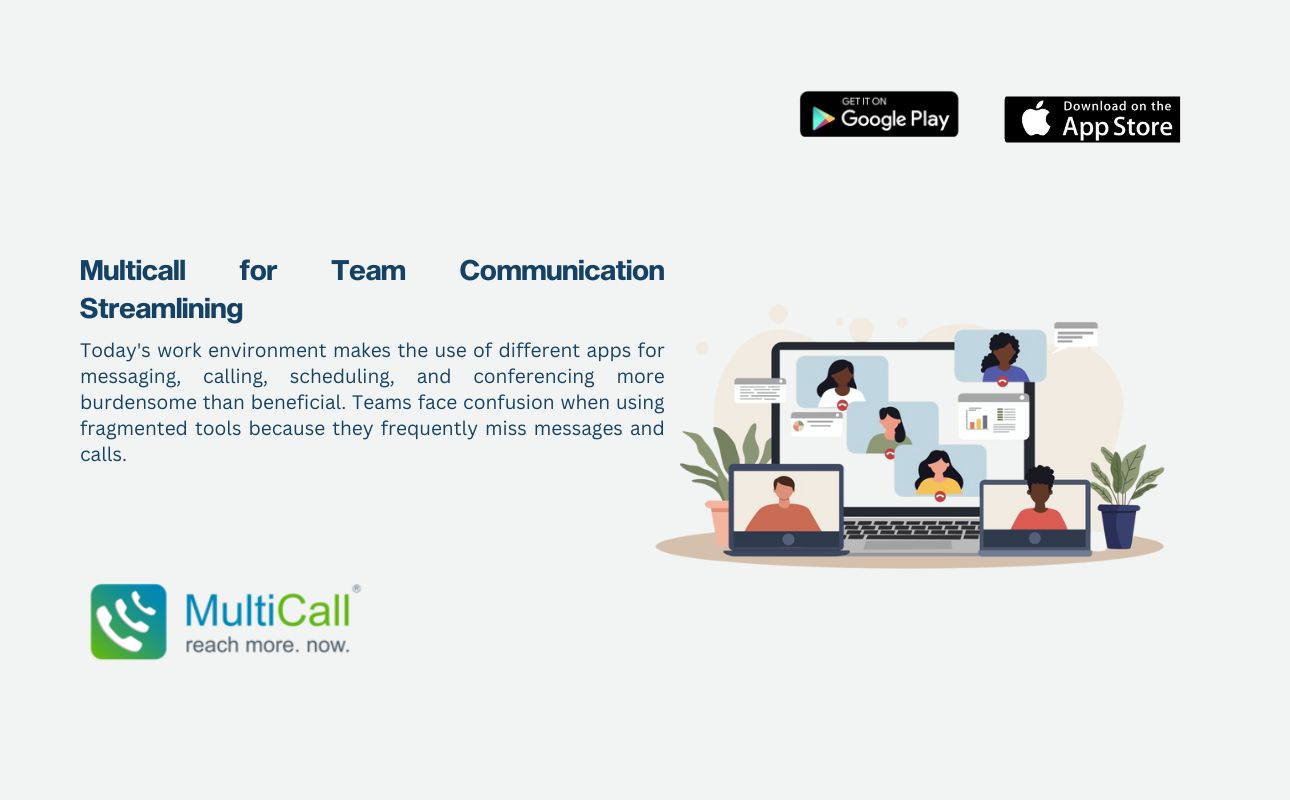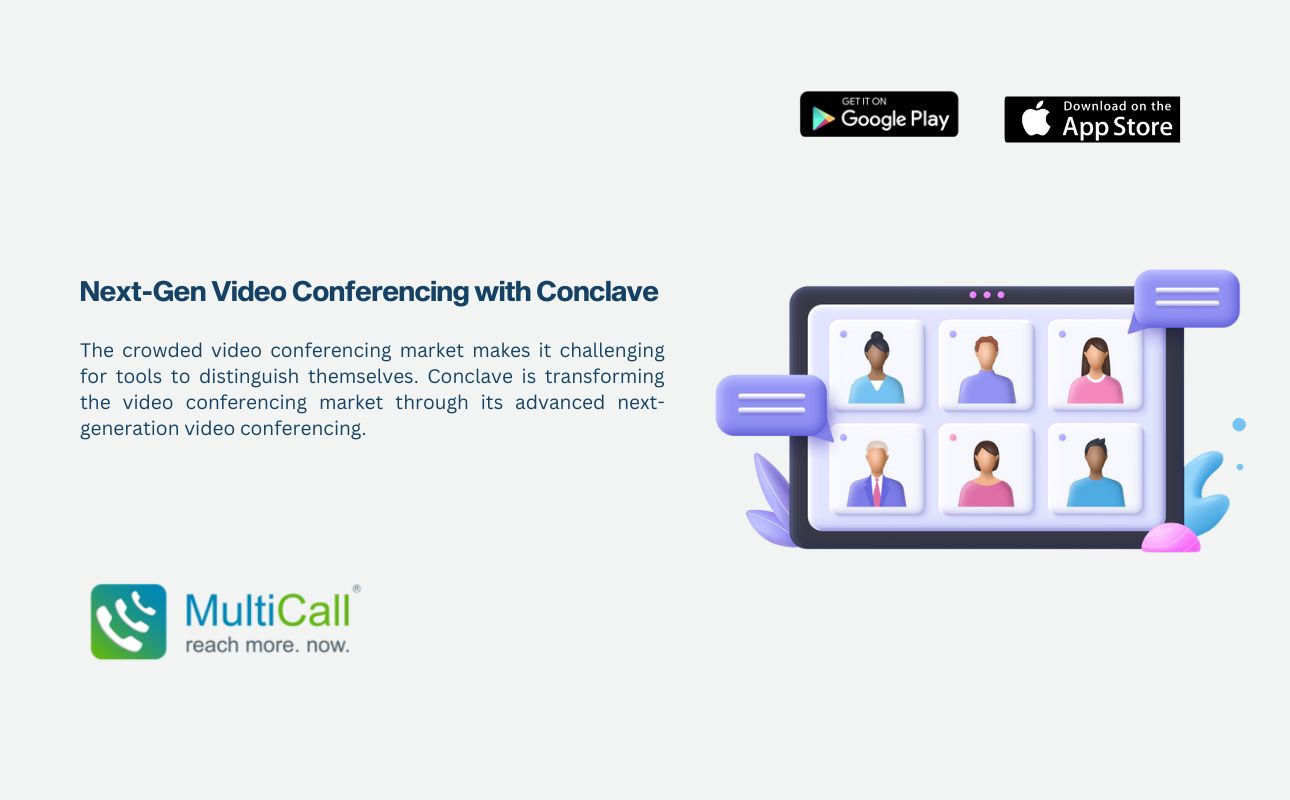Step 3: Leverage Structure
With you moved out of your own way, and your situation reframed, the time for response is set. But remember, you’re responding, not rambling on about whatever you have in mind. Even when spontaneous, your response needs to be thought-out . The best way to present it like so is to respond in a structured manner. Structure is critical since it corresponds to the fluency of information processing. In simpler terms, the effectiveness with which your inputs are assimilated is subject to how you structure and present it. One way to structure it would be the problem-solution-benefit approach. Follow this sequence:
Start by clearly identifying and elaborating on what the problem/issue is.
Discuss alternatives to solving it.
Walk the participants through benefits and costs of following through on said alternatives.
Of course, just saying what to do is quite easy. Practicing is the hard part. But not to worry. The right communication tool can help with this, one such being MultiCall. With the ability to call many like calling one, it proves useful to practice spontaneous speaking. Here’s how:
Helping you prepare
MultiCall assists in preparation toward the coordination of the call itself. You get to initiate an instant call by clicking ‘Call Now’ and adding whomsoever you wish to bring together in the MultiCall. Additionally, the Call Monitoring feature assists with the ability to add contacts. You can add contacts from your own phone directory one by one, or set them into frequently contacted groups and favourites as well.
Train and listen to yourself
It is difficult to know what went right or wrong in spontaneous speaking without any material to go over. Going merely by memory may not be reliable enough. Recording would be appropriate to allow analysis word-for-word. MultiCall’s Call Monitoring helps here with the ability to record during calls. In the process, a multitude of possible scenarios are addressed.
Spotting opportunities
Seeing spontaneous speaking as an opportunity starts with spotting opportunities in such calls. Consider this scenario during a professional networking call; one person may regularly confer or check with another in the call before responding. It’s probable that networking with both would be opportune to take the conversation forward, especially with follow up communications. In this manner, recording would help in getting to know the culture of a group that is participating in said conference call; helping to optimize future interactions.
Spontaneous speaking situations come down to two parts done simultaneously : knowing what to say and how to say it. By using the right communication tool, moving out of your own way, reframing your situations as opportunities rather than threats, and leveraging structures, you will be able to think on your feet, talk smart, and stand out as a confident, and connected professional who’s spontaneous.
